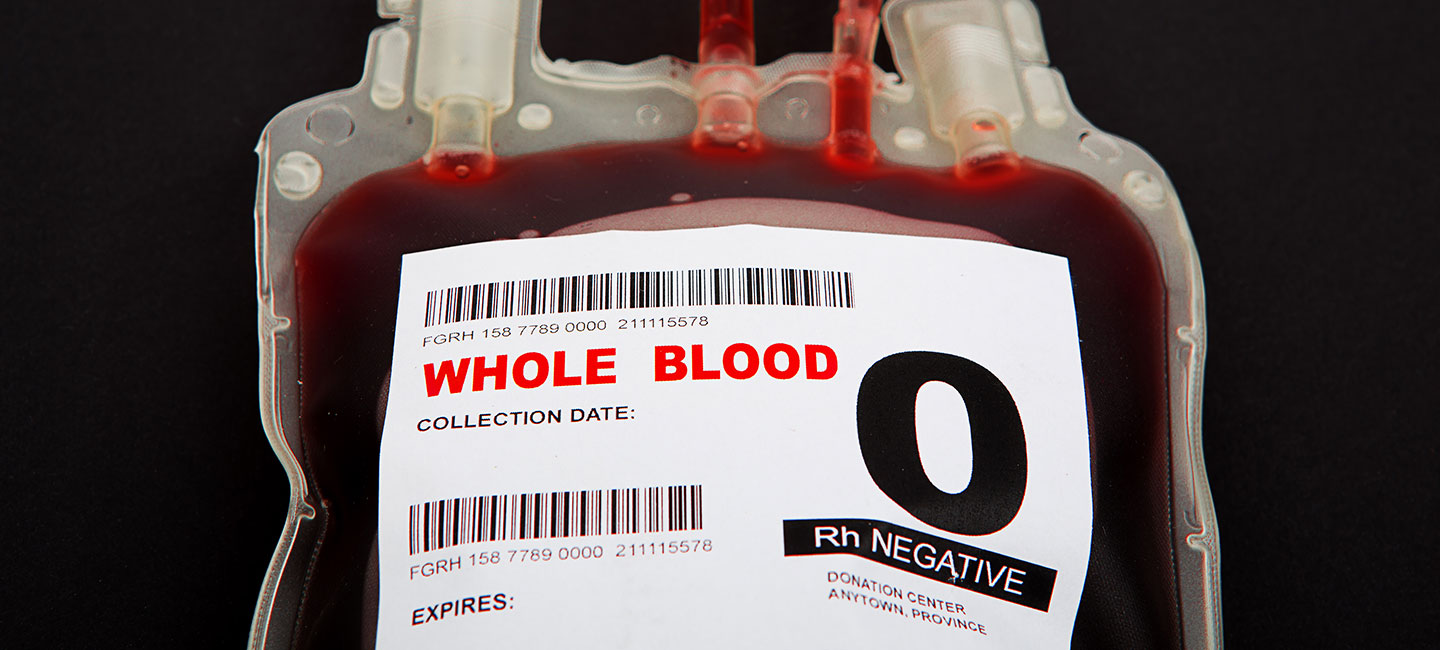Moffitt Needs Critical Blood Donations for Cancer Patients
Every year an estimated 6.8 million people in the United States donate blood and 4.5 million will need a blood transfusion. However, according to the American Red Cross, overall blood donation is down 10% since March 2020, leading to the worst blood shortage in more than a decade. Since blood cannot be created in a laboratory and there are no substitutes, cancer patients depend solely on donations. And as most of today’s medical care depends on a steady supply of blood from healthy donors, health care organizations are now faced with difficult decisions as the nation faces a critical blood shortage.
Why Cancer Patients Need Blood
Last year, Moffitt Cancer Center performed 17,457 red blood cell transfusions and 12,746 platelet transfusions. Cancer patients are in constant need of blood for many reasons — loss of blood during surgery, low blood count due to the side effects of chemotherapy and radiation, or anemia, which can be caused by the disease itself. Cancers in the blood and bone marrow, such as leukemia and lymphoma, are another reason for needing transfusion because the disease does not allow the body to produce normal blood-making cells.
Types of Blood Donations
There are several types of blood donations, and one donor can help up to three patients.
A single unit of blood can be separated into different components such as red blood cells, plasma and platelets.
Whole blood is the most common and most flexible blood donation. It is usually collected in 1 pint and used to help multiple patients, by being separated into different components. In fact, 13.6 million units of whole blood and red blood cells are typically collected in the U.S. in a year.
Plasma is collected through apheresis, which is the process that separates plasma from other blood components. It has blood clotting factors needed to help trauma patients and those battling certain diseases like cancer.
Platelets are also collected through the apheresis process. Once platelets have been selected from the donor’s blood, the red blood cells and other fluids are returned to the donor. Cancer patients are the primary recipients of platelets as they play a vital role in cancer treatment.
Double red cell donation is the collection of only red cells through the apheresis process. It allows donors to give double the amount of red blood cells compared to whole blood donation. Red blood cells can be used for anyone suffering from blood loss.

The Importance of Donating Blood
As cancer care increases at Moffitt, so does the demand for blood and platelet donations. Nearly 5,000 units of platelets and 6,500 units of plasma are needed daily in the U.S. An adequate amount of blood is needed in all health care facilities to meet the urgent need for patients facing trauma and other lifesaving procedures, including blood transfusions, which save millions of lives each year.
But as the blood supply continues to drop to critical lows, hospitals and health care facilities are having to make decisions about enacting blood shortage plans, which could result in the delay of vital medical treatments.
Health care organizations are urgently calling on the community to overcome the nationwide shortage.
“We urge everyone who can to donate on a recurring, regular basis. This helps ensure blood is there when patients need it at all times. Donating blood only takes a few minutes, and donors get the added benefit of regular, mini-health check-ups,” said Dr. Mandy O’Leary, a blood bank and transfusion medicine specialist who is an Associate Member in the Department of Pathology at Moffitt.
Donating blood is a simple procedure that can be done within an hour. To donate blood in your local community visit www.lifesouth.org or www.scbb.org.



